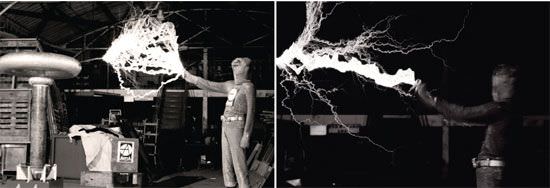
We have a strange feeling that watchmaking is at a turning point in its long history. We have absolutely no proof or facts to support it, but these thoughts are persistent enough to keep tugging at the back of our minds. But don’t worry, the end is not nigh. Watchmakers will continue to propose new interpretations of their micromechanical genius. New forms will be born. We will continue to move forward. But perhaps we will slowly move out of a period that, retrospectively, will be considered a true Golden Age of timekeeping. And, Golden Ages, as we know, do not last forever.
Perhaps watchmaking has had it too easy and the infatuation for it, on a global basis, will begin to slowly ebb. After all, the chewing gum industry alone was worth US$ 23.2 billion in 2009 and is predicted to grow 10.4 per cent between now and 2014. That is more than all the watches in the world combined. To cite another example, candy industry sales are US$ 162 billion. OK, you may say, these are stupid comparisons. And, you wouldn’t be wrong. But if we make this kind of comparison, it is because we feel that doubt is creeping into people’s minds, that a sort of nostalgia is perniciously setting in. This ‘nostalgia’ is the result of uncertainty that is insidiously spreading throughout the industry. Some watchmakers are responding to it by racing into meaningless new ventures: While one company is striking its watches with lightning, another has invented unreadable displays. Elsewhere they are piling on countless complications, way beyond what is reasonable. We get the impression that their heart is no longer in what they do, that the feast has been too lavish and now they are having problems with indigestion.
The economic crisis—beyond the recovery that seems to be slowly taking place—has left an imprint on the mind much deeper than one would like to imagine. A certain model has started to take hold —one of always having to go further, be stronger and crazier than before. As we are already well aware, one day our gas tanks are going to be empty. We sense that the idea—the ideology—of infinite progress is not doing so well. To continue, it will be necessary to reinvent and rethink the way we live otherwise we risk grave, grave regrets.
So, what has all this to do with our industry and our art, you ask? Perhaps nothing or, more probably, everything. This is because watchmaking has always been as much a player in the economy as it has been a reflection of our societies. At the hour of the iPhone, the iPod, and the iPad, crazy and senseless watches only seem to interest the most carefree fringe of our society, those folk who already have it all and can thus easily afford to pay for such luxury or, on the other hand, those who, having nothing yet, aspire legitimately to have everything.
But don’t be alarmed. Business will continue, although priorities will never be the same. But this is not necessarily such a bad thing. When strolling down the hallways at the last SIHH, looking at all the window displays, we felt that perhaps all is not lost. Ah, the beauty of a small ultra-thin watch with three hands never fails to catch our breath! Not that this is the only thing we need, but undoubtedly we need to walk past this window to rediscover a certain magic that the previous period of plenty has caused us to lose sight of. To live in times like these perhaps requires us to reconnect with a certain idea of timelessness.
Photo: Artya watches getting struck by lightening
Source: Europa Star February-March 2010 Magazine Issue





